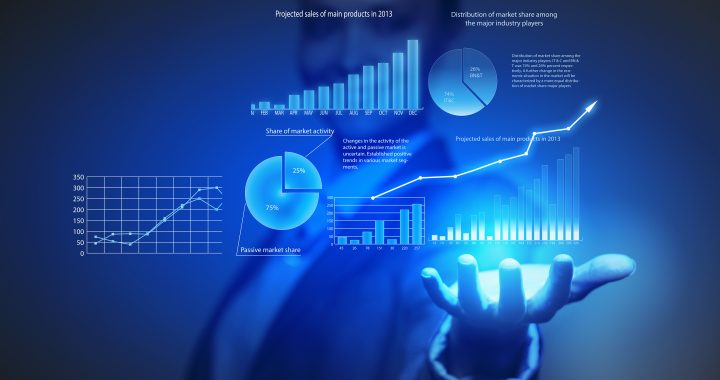Important Cyber Security Metrics to Track
If your multi-layer security has been breached, measuring how far they ingressed will help you defend against future attacks. You would be surprised how sensitive information is handled generally; for this reason, enterprise security experts constantly check for unapproved storage of sensitive information or data.
Whether it is to justify spending, quantify threat, or typically keep the top management upon the latest security threats, CISOs discussions at the moment are awash in dashboards, charts, and key efficiency indicators ( Cyber Security Metrics). A lot of the numbers security groups and their management makes use of are, properly, not very useful.
Cyber Security Metrics are instruments to facilitate choice-making and enhance performance and accountability. Measures are quantifiable, observable, and are goal data supporting metrics. Operators can use metrics to apply corrective actions and improve efficiency.
Objective measurement is necessary for monitoring security efficiency, especially because the risk landscape is consistently evolving. Cybersecurity leaders and their teams need to go beyond technology efficiency measures and correlate their Cyber Security Metrics to business success and business outcomes.
This will help overcome the shortage of expert resources and limited budgets that effects many CISOs.
The Board of Directors needs to be asking their CEOs and inturn those CEOs should be asking their CISOs to provide operational measurement and metrics with the intent of understanding present operational capabilities and related dangers as will impact the business.
Effective measurement and reporting are required to improve the effectiveness and efficiency of security controls and the need to guarantee strategic business alignment in an objective, reliable, and business-friendly method.
Creating a third-party vendor risk management program is a high priority in today’s risk landscape. It’s critical to not only put a program in place but perceive the cybersecurity metrics you should be taking a look at inside your organisation (and on your third parties).
Effective security metrics should be used to identify weaknesses, decide trends to better utilise security resources and choose the success or failure of carried out security solutions. Measures need to be quantifiable, observable, and data-driven supporting the metrics preferably expressed in monetary terms.
It is difficult to have one metric that cover all types of devices. Security Good metrics are needed for analysts to answer many security associated questions.
Potential security metrics cover a broad range of measurable features, from security audit logs of individual methods to the number of techniques inside an organization that were tested throughout a year.
These metrics should dive deeper than “yes” or “no” questions, and need to help you gain a more complete understanding of the organisation you (and your third parties) oversee to proactively mitigate the cyber threat.
as an example using metrics for anti-virus the percentage of devices that do not have the latest update installed, as also the inventory of assets should be measured in percentage of accuracy this must be 100%.
My statement on inventory and why it is so critical is “How can you manage your network if you don’t know what is on your network”
Meantime to identify (MTTI) and mean time to resolve (MTTR) are cybersecurity metrics and measures that have to do with how quickly an incident is detected and responded to by your corporation, your goal will be to get this into minutes and hours, rather than days and weeks.
When these two key performance indicators (KPIS) are too high because your staff takes too long to find or react to attack vectors, or not having enough resources or the correct competences to even insufficient tooling as other examples of reasons why these KPIS are high. In these cases, your organisation loses money. This loss of money is a cost and not just the immediate cost it is also an aggregate of secondary costs of investigating and resolving the incident, costs of resources unable to work or reduced working and also customer loss and other punitive financial sanctions that have a possibility of being applied.
Therefore, these security KPIS must be the top of management’s priority list. Metrics are instruments which are designed to facilitate decision-making and improve performance and accountability through collection, analysis, and reporting of related efficiency-associated data.
The weighted discussion with the Board or top management should be at one end of the risk calculation the costs involved in current methods of detecting and resolving incidents against the cost or the proposed costs in implementing extra controls and resources basic balancing risk against the cost.
Another important aspect is to regularly evaluate along with your major competitors the proportion of your finances spent on securing your business(should be over 8% of IT spend).
Another metrics which I always use is the outside perception of the organisation’s security posture as compared to peers within the same sector.
